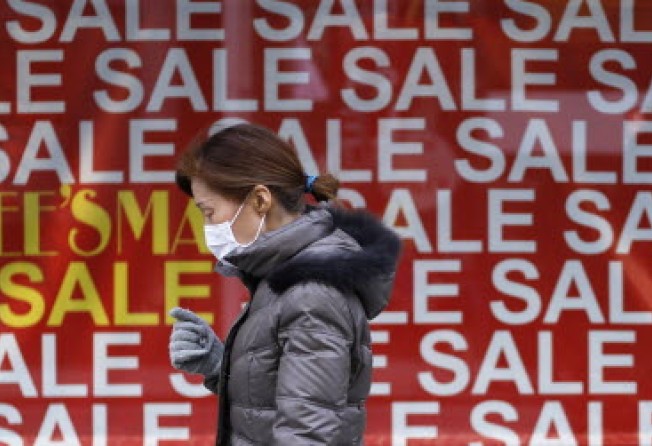Investors go loco for cocos amid secular stagnation

You have to give the world’s big banks this: they’ve got gumption.
They have also got a new lively market in a financial product known as the “coco”. That is short for “contingent, convertible capital instrument” and some US$150 billion worth of these instruments have been issued since 2010.
Recall that in the aftermath of the global financial crisis, global banks were told they needed to put more money aside as a cushion against future crises, so they raised capital by selling equity stakes, or retaining profits instead of paying them out to shareholders.
But then someone said – hey, here’s another idea. How about we just borrow the money to fulfil these nettlesome requirements? And that’s what a coco is – it’s basically a loan, but if there is a crisis, the bank does not have to pay back the loan, instead it converts to equity.
In short, the coco is a complex financial product designed to meet regulations that arose after a financial crisis … that in no small part was caused by a proliferation of complex financial products.
The Peterson Institute for International Economics calls them “fool’s gold”, and says they are rife with moral hazard. “They encourage reckless lending by banks in the secure knowledge of a rescue if desperate times ensued,” Peterson fellow Avinash Persaud said in a recent policy brief.
Moreover, it’s still not clear regulators will allow the coco to be counted towards capital. At this stage, says Persaud, it looks like a political compromise – that US and European regulators will make 30 systemically important global banks hold an additional layer of capital by 2019, but that some of that can be in the form of convertible debt.
Even while the regulatory outcome is still uncertain, banks are issuing these things like mad, and investors are snapping them up. Fixed-income investors like cocos because they offer a bit of yield in an otherwise yield-starved world.
But there may be a broader issue at play. Why exactly are yields so low? Chiefly because there is little or no inflation, a sign that global demand remains lacklustre some six years after the global recession.
But then in the OECD, inflation was low even during the pre-2008 bubble years. And this may simply be because demand in the developed is structurally weak, i.e., there is secular stagnation.
Demographics is one key factor cited for secular stagnation: populations in the OECD (and even in some developing countries), are either growing slowly or outright shrinking.
Another factor is that the OECD is, by definition, already “developed”. The emerging markets still need lot of things, but in the developed world, most of the necessities are in the bag. Generally, there’s no shortage of houses or bridges or telecoms lines or sewage treatment plants.
One could even argue that the OECD may in fact need bubbles in order to have anything close to full employment. Indeed, American economist Lawrence Summers has basically already argued this.
In a speech last year, Summers raised the possibility that the reason global demand has not returned to pre-2008 levels, despite very accommodative monetary policy, is that before 2008, investors were buying things they did not really need. It was a bubble.
No-one noticed the bubble because there was no inflation – but that, hints Summers, is the tip-off that without bubbles of some sort, there might not otherwise be enough economic activity, and we’d be stuck with very high unemployment rates.
It doesn’t have to be a bubble in houses or the internet; it could just be that consumers go crazy buying pedicure kits for their pets or iPads for their toddlers.
It may sound crazy that, in a secularly stagnant world, we will have to hop from one bubble to another, to keep people in jobs. But just because it’s crazy, doesn’t mean it isn’t true.
And if collective delusion is all we have left, then what better symbol of it than something called the coco - rhymes with loco – to allow regulators to effectively back out of commitments they made to tightening banks’ capital requirements.
In the process, they also create billions of dollars worth of higher-yielding debt, a bonus in this yield-starved world. At least until this bubble pops, and we move on to the next one.